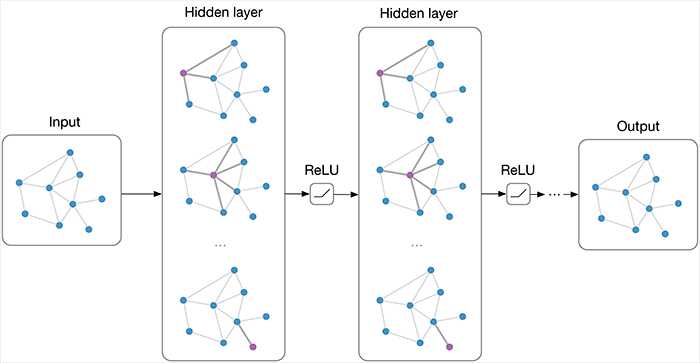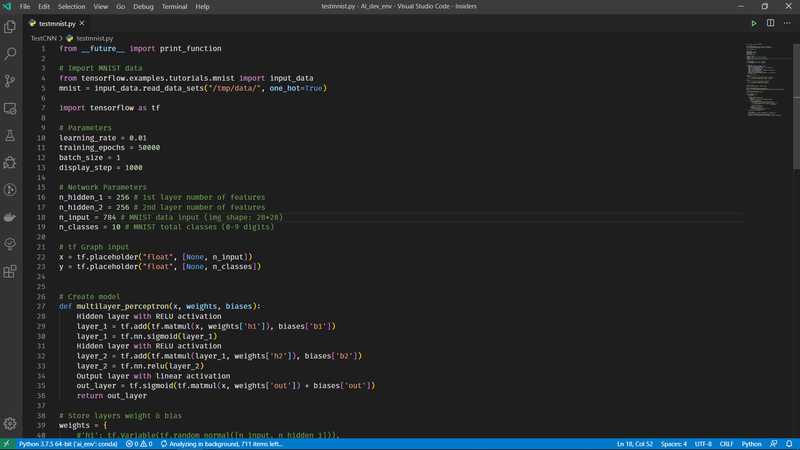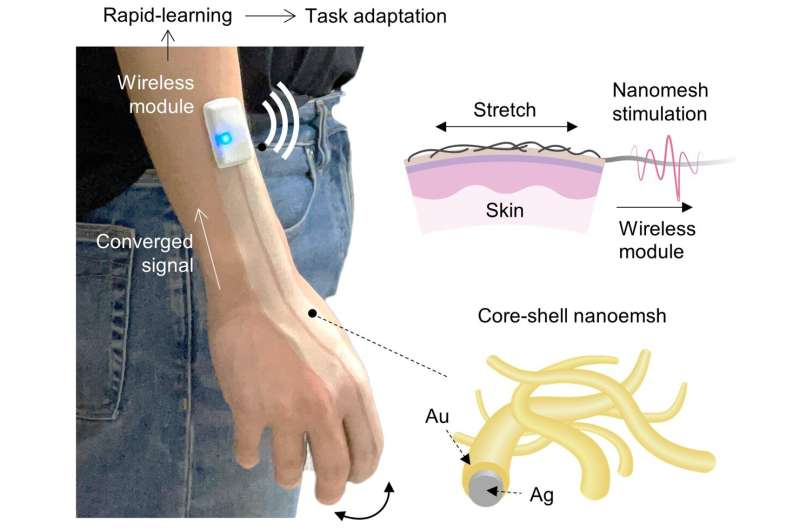AI Data Centers: Addressing Growing Power Demands
The AI revolution is in full swing, and that means a lot more data centers; industry experts predict a 33% increase in the number of data centers through the end of the decade. And with that increase will come an increase in electricity usage. Some states could see data centers account for as much as […] The post AI Data Centers: Addressing Growing Power Demands appeared first on Unite.AI.


The AI revolution is in full swing, and that means a lot more data centers; industry experts predict a 33% increase in the number of data centers through the end of the decade. And with that increase will come an increase in electricity usage. Some states could see data centers account for as much as 36% of their total electricity consumption within the coming decade, according to EPRI’s recent load-growth scenarios. This AI-driven power demand will add to the substantial pressure on electricity grids already at risk of being overtaxed. According to many experts, in fact, AI could be responsible for a coming energy crisis.
However, that crisis can be averted with the adoption of on-site thermal energy storage systems, which allow for more flexible usage of energy without operational sacrifices to the always-on data center. Thermal energy systems can immediately reduce data centers’ strain on the grid, thus lowering the occurrence of brownout or blackouts, along with the need for additional utility-level infrastructure–a cost that would inevitably be passed onto consumers in their power bills. Ultimately, such storage systems could pave the way for more data centers coming online faster to meet growing demand for AI without making a significant impact on community energy infrastructure.
Thermal energy systems relieve pressure on the grid mainly because they allow for load-shifting, or the adjustment of the hours during which the data centers use the most electricity from the grid. Data centers can charge these storage systems with grid power during the hours when grid demand is lower, then release it to power operations during the hours when utilities are more strained by overall higher demand from consumers. Data centers’ using such systems to store energy for and power AC systems alone can make a big difference because cooling systems must run 24/7 to keep critical equipment from overheating, and often make up some 40% of a center’s power usage.
The Global AI Race Is Set to Require Large Amounts of Energy
The recently announced $500 billion Stargate Project, led by a group of major tech companies, is going to need dozens of gigawatts of electricity. As Chinese startup DeepSeek AI recently showed, AI may indeed become more efficient regarding cost and energy, but many experts expect AI to remain a significant source of high power demand.
In fact, even before these AI announcements, data centers were on track to increasingly challenge US energy supply. According to the U.S. Energy Information Administration, power consumption is set to rise to record highs in 2025, with data center power needs an important factor.
According to experts, over the next decade data center power demands will put more than half of North America at risk of experiencing power reductions and even blackouts. Even where there is enough power, data centers are set to have a financial impact on everyone; studies show that data center demand and the subsequent squeeze on resources could drive electricity prices up by as much as 70%. A Bain & Company brief highlights how surging data center demand could threaten to overtake utility supply growth and require trillions of dollars in new energy investments globally. According to Bain, “Speed to market is vital for data center providers,” but local communities and regulators worry about grid reliability and environmental impacts.
Thermal Energy Storage Is an Immediate Solution That Benefits All Stakeholders
This is where thermal energy storage—a technology available now—can help. Designed for use with regular utility-provided electricity, energy is stored in water or ice, and released when needed to power the data centers’ cooling systems – usually during periods when demand – and also pricing – is high. This solution doesn’t require making a major infrastructure change; it can be retrofitted to existing buildings. Since it’s a behind-the-meter solution, data centers can install them independent of utilities – meaning that it is a quick and efficient way to relieve the grid.
If used widely, such systems can lower the likelihood of brownouts or blackouts during times of overall high demand. This load shifting will be especially important in states where power demand will be especially high for data centers. Solutions like thermal energy storage that help flatten the net grid impact provide utilities with more breathing room to integrate new resources, including solar and wind power, and expand transmission in an orderly fashion. Such solutions also reduce or at least slow down the need for utilities to expand infrastructure—potenitally reducing costs that would eventually be passed onto consumers via their power bills.
With a proven solution to reduce strain on the grid, new data centers will likely be able to gain necessary government approvals and operating permits faster, with less opposition or worry about staining local power sources, allowing this sector to grow faster and keep up with the increasing demand brought by AI.
Why Data Centers Should Act Now
There is also a financial benefit for data centers that incorporate thermal energy storage systems: With more utilities using differential pricing or time-of-use tariffs, based on demand or source of that energy, behind-the-meter storage can take advantage of these gaps in pricing, which are set to increase even more in the future, especially in states like California and others that are more reliant on solar energy during the day. Data centers can save money by charging the thermal system during the hours when power when it’s less expensive, and releasing it during peak hours – enabling them to reduce reliance on grid power at its more costly hours.
Thermal energy storage is also a safer option for data centers than lithium-ion battery-based storage. While small Li-On batters are common among residential consumers, large buildings like data centers would require large batteries, which present significant safety issues. The batteries often cannot hold a charge for more than 12 hours. They also degrade with time and require significant natural resources, including minerals, which are in short supply and sourced overseas. Many batteries are also made overseas, including in China, while thermal energy systems are primarily U.S.-made.
AI will bring many benefits – as well as challenges. The energy required to run a large data center consuming 100 MW of power, studies show, could supply some 80,000 homes with electricity. Multiply that by the many new data centers coming online and the impact is significant – one that could push prices up for everyone, as well as lead to energy shortages, brownouts, and even blackouts. AI is set to bring trillions in added value to the economy – but power issues could hurt that expected productivity. It doesn’t have to be that way; by adopting thermal energy solutions, the data center industry can lower its expenses and reduce the chance of blackouts.
The post AI Data Centers: Addressing Growing Power Demands appeared first on Unite.AI.











































![[The AI Show Episode 145]: OpenAI Releases o3 and o4-mini, AI Is Causing “Quiet Layoffs,” Executive Order on Youth AI Education & GPT-4o’s Controversial Update](https://www.marketingaiinstitute.com/hubfs/ep%20145%20cover.png)





















































































































































































